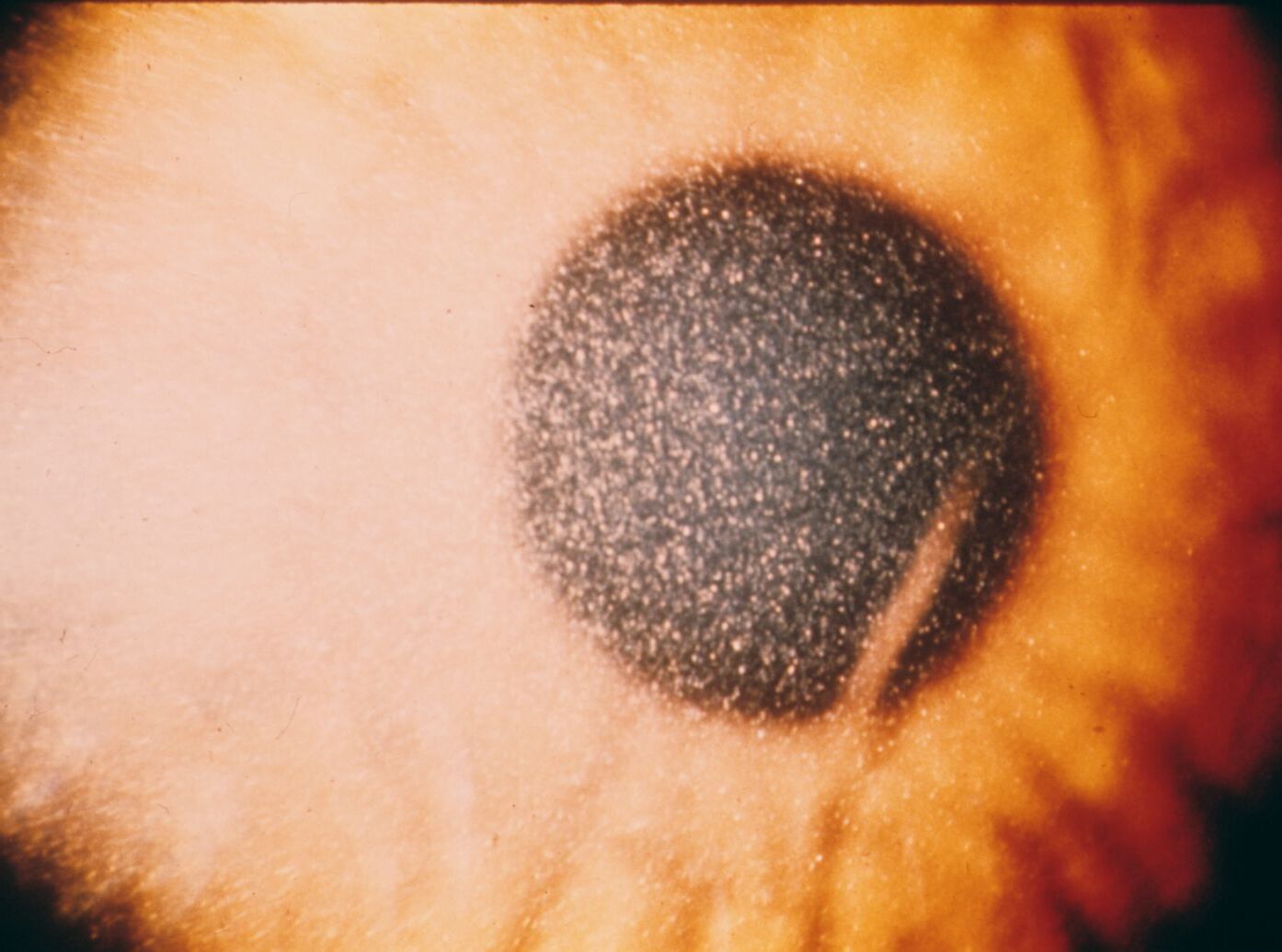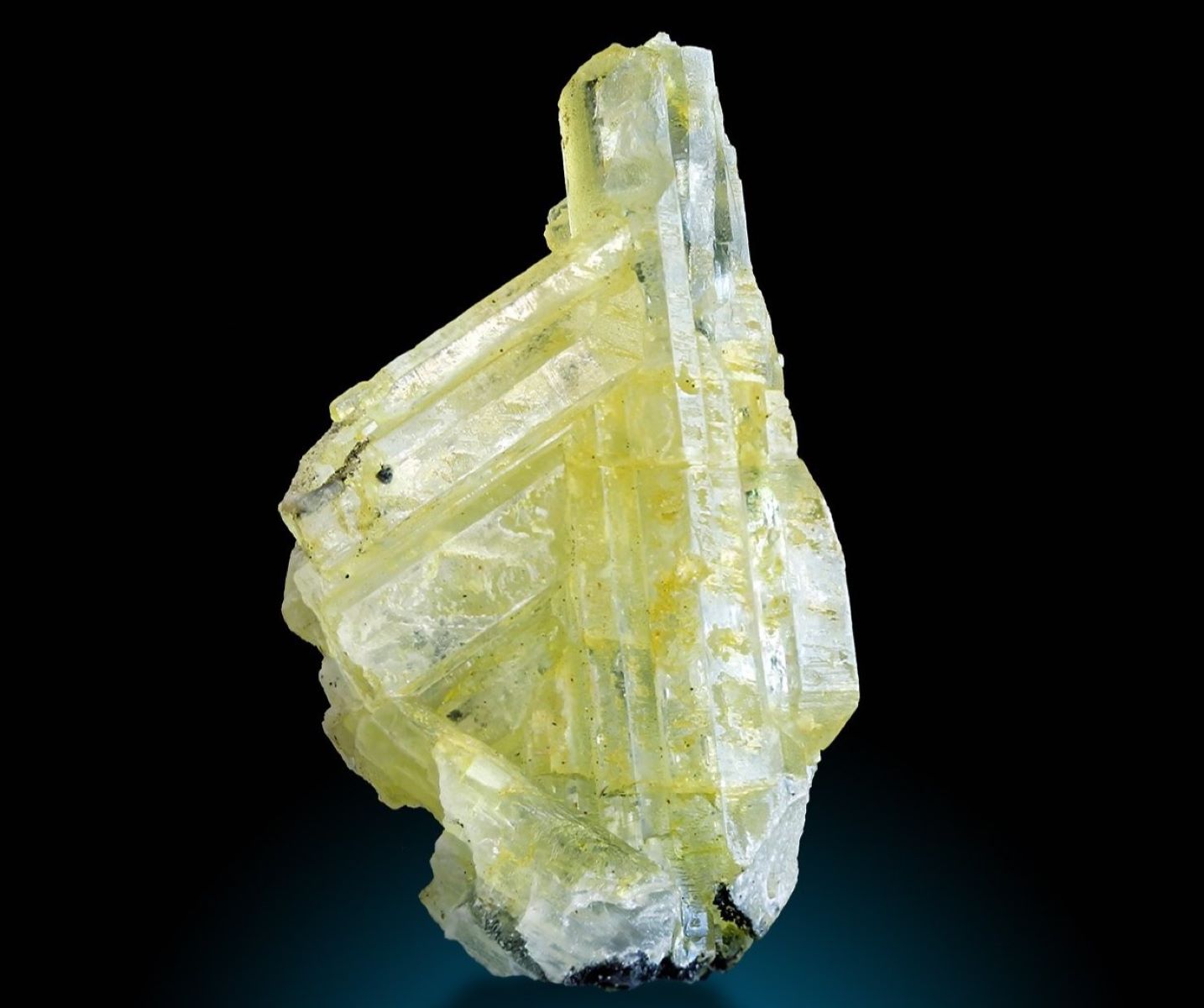
Cystinosis is a rare genetic disorder that affects the body's ability to transport cystine out of cells. This leads to the buildup of cystine crystals in various organs, causing damage over time. Cystinosis primarily impacts the kidneys and eyes but can also affect muscles, the brain, and other tissues. Symptoms often appear in infancy with excessive thirst and urination, leading to kidney failure if untreated. Early diagnosis and treatment are crucial for managing the condition and improving quality of life. Understanding cystinosis can help in recognizing symptoms early and seeking appropriate medical care. Here are 50 facts to deepen your knowledge about this rare disease.
Key Takeaways:
- Cystinosis is a rare genetic disorder that affects the kidneys and other organs, causing symptoms like excessive thirst and sensitivity to light. Early diagnosis and treatment can improve quality of life.
- While there is no cure for cystinosis, treatments like cysteamine and kidney transplants can help manage symptoms. Living with cystinosis involves staying hydrated, regular exercise, and seeking support from healthcare providers and support groups.
What is Cystinosis?
Cystinosis is a rare genetic disorder that affects the body's ability to transport cystine out of cells. This leads to the accumulation of cystine crystals in various organs, causing damage over time. Understanding this condition can help those affected manage their symptoms better.
- Cystinosis is an autosomal recessive disorder, meaning both parents must carry the defective gene for a child to be affected.
- The condition is caused by mutations in the CTNS gene, which encodes the protein cystinosin.
- Cystinosis primarily affects the kidneys, leading to a condition called Fanconi syndrome.
- Symptoms often appear in infancy, usually between 6 and 18 months of age.
- Without treatment, cystinosis can lead to kidney failure by the age of 10.
- Cystinosis also affects other organs, including the eyes, muscles, pancreas, and brain.
- The buildup of cystine crystals in the eyes can cause photophobia, or extreme sensitivity to light.
- Cystinosis is classified into three types: nephropathic, intermediate, and non-nephropathic (ocular).
- Nephropathic cystinosis is the most severe form and presents in infancy.
- Intermediate cystinosis appears later in childhood or adolescence.
- Non-nephropathic cystinosis primarily affects the eyes and does not usually impact kidney function.
Symptoms and Diagnosis
Recognizing the symptoms early can lead to a timely diagnosis and better management of cystinosis. Here are some key symptoms and diagnostic methods.
- Common early symptoms include excessive thirst and urination, poor growth, and rickets.
- Blood tests can reveal elevated levels of cystine in white blood cells.
- Genetic testing can confirm mutations in the CTNS gene.
- A slit-lamp eye examination can detect cystine crystals in the cornea.
- Kidney function tests are crucial for monitoring the progression of the disease.
- Growth charts help track developmental delays often seen in affected children.
- Bone density scans may be used to assess the impact of rickets.
- Muscle biopsies can show cystine accumulation in muscle tissue.
- Regular eye exams are essential for detecting and managing ocular symptoms.
- Early diagnosis can significantly improve the quality of life for those with cystinosis.
Treatment Options
While there is no cure for cystinosis, various treatments can help manage the symptoms and slow the progression of the disease.
- Cysteamine is the primary treatment for reducing cystine levels in cells.
- Cysteamine eye drops can help dissolve cystine crystals in the cornea.
- Kidney transplants may be necessary for those with severe kidney damage.
- Growth hormone therapy can help address growth delays in children.
- Vitamin D and phosphate supplements are often prescribed to manage rickets.
- Regular hydration and electrolyte management are crucial for kidney health.
- Physical therapy can help maintain muscle strength and mobility.
- A balanced diet rich in nutrients supports overall health.
- Regular monitoring by a multidisciplinary team is essential for comprehensive care.
- Genetic counseling can provide valuable information for affected families.
Living with Cystinosis
Managing cystinosis involves a combination of medical treatments and lifestyle adjustments. Here are some tips for living with this condition.
- Adherence to medication schedules is crucial for effective treatment.
- Wearing sunglasses can help manage light sensitivity caused by cystine crystals in the eyes.
- Staying hydrated helps maintain kidney function and overall health.
- Regular exercise can improve muscle strength and endurance.
- Support groups offer emotional and practical support for affected individuals and families.
- Educational accommodations may be necessary for children with developmental delays.
- Regular follow-ups with healthcare providers ensure timely adjustments to treatment plans.
- Awareness and advocacy can help raise funds for research and support services.
- Mental health support is important for coping with the emotional challenges of living with a chronic condition.
- Advances in research offer hope for new treatments and potential cures.
Research and Future Directions
Ongoing research is crucial for improving the understanding and treatment of cystinosis. Here are some exciting developments in the field.
- Gene therapy is being explored as a potential cure for cystinosis.
- Stem cell research offers possibilities for regenerating damaged tissues.
- New formulations of cysteamine aim to reduce side effects and improve compliance.
- Clinical trials are testing novel drugs that target cystine accumulation.
- Researchers are investigating the role of other genes in the progression of cystinosis.
- Advances in imaging techniques help monitor cystine levels in various organs.
- Patient registries provide valuable data for understanding the natural history of the disease.
- Collaborative research efforts are accelerating the development of new treatments.
- Increased awareness and funding are driving progress in cystinosis research.
Final Thoughts on Cystinosis
Cystinosis, a rare genetic disorder, affects many aspects of life. Understanding cystinosis symptoms like kidney issues, muscle weakness, and vision problems helps in early diagnosis and treatment. Cystinosis treatment often involves cysteamine therapy, which can significantly improve quality of life. Regular check-ups and a supportive healthcare team are crucial for managing this condition effectively.
Awareness and education about cystinosis can lead to better support for those affected. Sharing information and personal stories can make a big difference in the lives of patients and their families. Research continues to advance, offering hope for new treatments and possibly a cure in the future.
By staying informed and supportive, we can help those living with cystinosis lead healthier, more fulfilling lives. Remember, every bit of knowledge and support counts in the fight against this rare disease.
Frequently Asked Questions
Was this page helpful?
Our commitment to delivering trustworthy and engaging content is at the heart of what we do. Each fact on our site is contributed by real users like you, bringing a wealth of diverse insights and information. To ensure the highest standards of accuracy and reliability, our dedicated editors meticulously review each submission. This process guarantees that the facts we share are not only fascinating but also credible. Trust in our commitment to quality and authenticity as you explore and learn with us.


